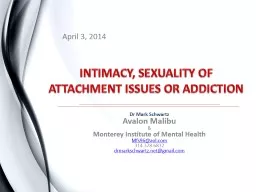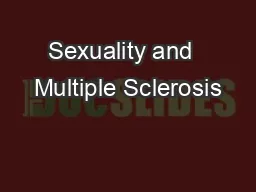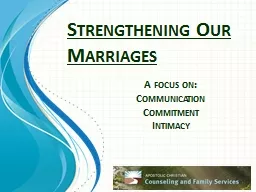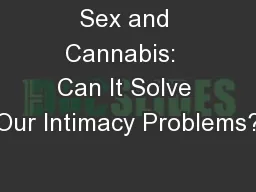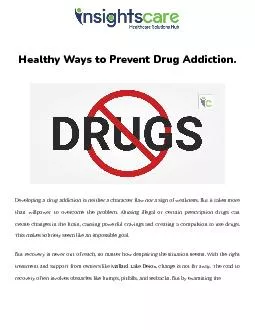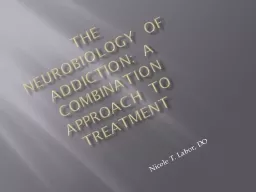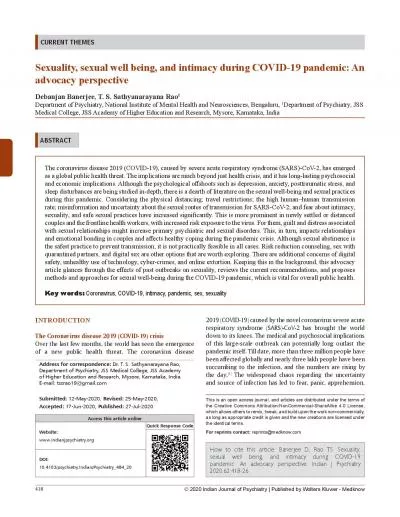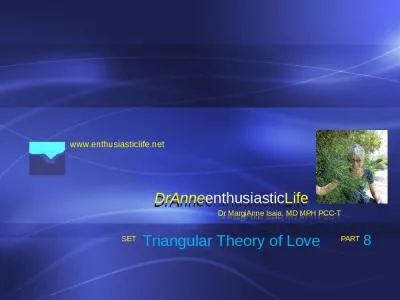PPT-INTIMACY, SEXUALITY OF ATTACHMENT ISSUES OR ADDICTION
Author : test | Published Date : 2018-03-15
Dr Mark Schwartz Avalon Malibu amp Monterey Institute of Mental Health Mfs96aolcom 3143786832 drmarkschwartznetgmailcom April 3 2014 Introduction Love and Compulsion
Presentation Embed Code
Download Presentation
Download Presentation The PPT/PDF document "INTIMACY, SEXUALITY OF ATTACHMENT ISSUES..." is the property of its rightful owner. Permission is granted to download and print the materials on this website for personal, non-commercial use only, and to display it on your personal computer provided you do not modify the materials and that you retain all copyright notices contained in the materials. By downloading content from our website, you accept the terms of this agreement.
INTIMACY, SEXUALITY OF ATTACHMENT ISSUES OR ADDICTION: Transcript
Download Rules Of Document
"INTIMACY, SEXUALITY OF ATTACHMENT ISSUES OR ADDICTION"The content belongs to its owner. You may download and print it for personal use, without modification, and keep all copyright notices. By downloading, you agree to these terms.
Related Documents

